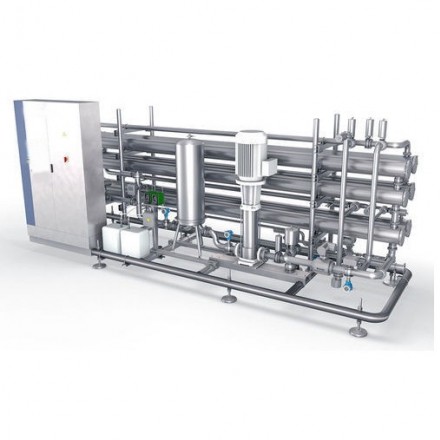
Membrane Filters are pressure-driven semi-permeable membranes which seperate the components in foods based on their size difference. The membrane acts as a selective barrier, enriching certain components in a feed stream, and depleting it of others. The first breakthrough in membrane processing was desalination of water using cellulose acetate (CA)membranes.
The most attractive feature of the process is its simplicity. It involves only bulk movement of fluids using mechanical energy (i.e., pumping). Membrane concentration processes have several advantages over conventional concentration processes, i.e., evaporation. Undesirable heat-related changes such as color, aroma, and viscosity characteristics are avoided because membrane processes can be operated at room temperature.
The membrane filtration is divided into four narrower ranges based on particle size: microfiltration, ultrafiltration, nanofiltration, and RO.
The size of particles retained in these processes ranges from 0.1 to 10 μm (microfiltration), 1000–500,000 molecular weight cut-off (ultrafiltration), and 100–1000 molecular weight cutoff (nanofiltration). The RO membranes can retain the smallest solute molecules such as sodium chloride and are classified by percentage rejection of sodium chloride in an aqueous solution under specified conditions and range from 95% to 99.5%.

